Weekly Studio: Pekka Harni & Yuka Takahashi
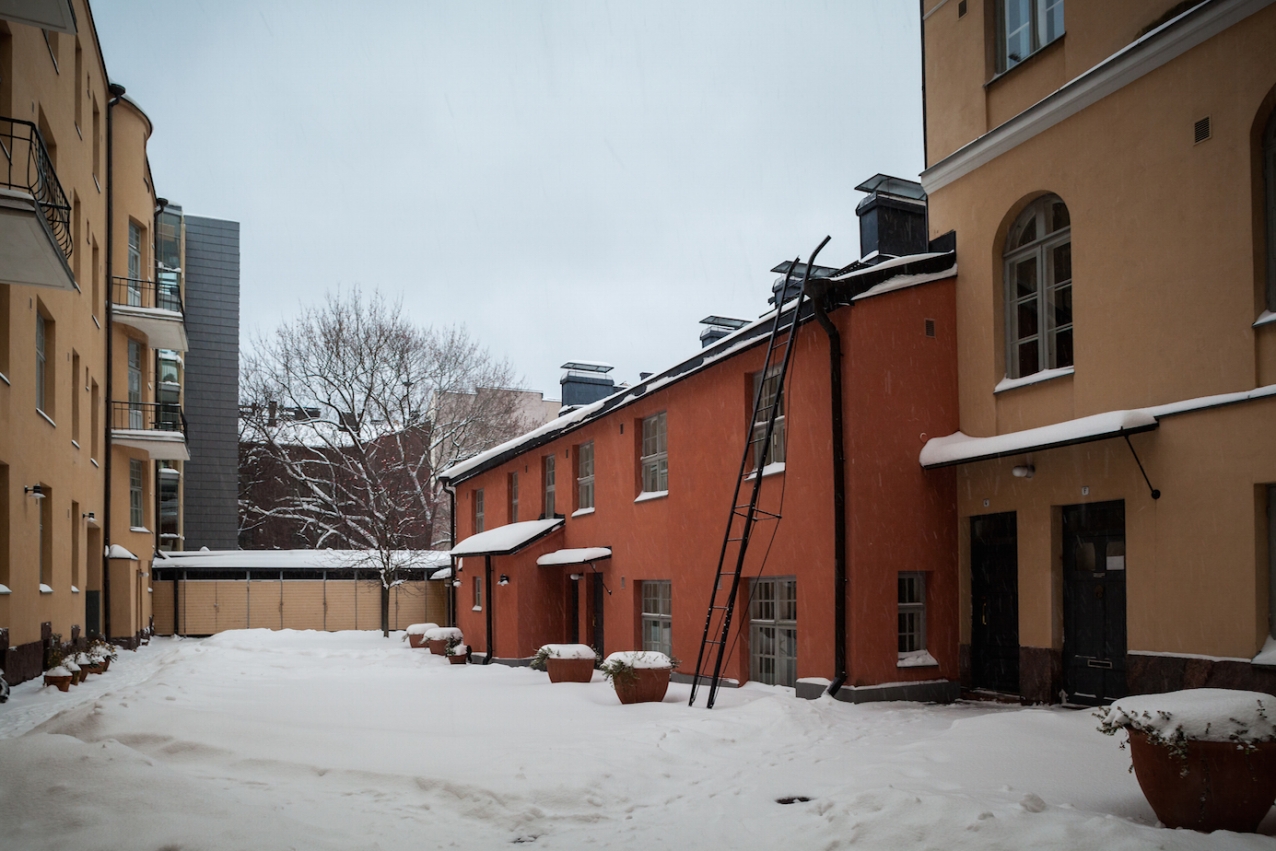
Weekly Studio visits the Finnish-Japanese studio Harni-Takahashi to discuss sustainable object making, the unforeseen impact of new technologies on society and industrial design’s need for a theoretical framework.
Weekly Studio visits the Finnish-Japanese studio Harni-Takahashi to discuss sustainable object making, the unforeseen impact of new technologies on society and industrial design’s need for a theoretical framework.
Founded in 2007, Pekka Harni’s and Yuka Takahashi’s studio works multidisciplinary in the field of design and architecture.
Crystal Bennes: Could you talk a little bit about your background to begin with?
Pekka: I started my studies in Innsbruck University. I spent three years there and finished my BSc. diploma in architecture. Afterwards, I came back to Finland to study industrial design, which I did for five years. I finished in ‘85 or ’86, I think, and then went back from Austria to Vienna to the Technical University to continue my studies in architecture.
Did you have a prior connection to Austria?
Pekka: Yes, my sister was also studying architecture there. Innsbruck was a good university, a very young university, but quite demanding in terms of studies. It was also very affordable to study in Austria compared to many other countries at the time.
Then, I was offered a teaching job at Aalto in 1988 and I returned back to Finland. I taught the basic industrial design courses for first and second year students. I wrote most of the lectures – they didn’t really even have that many lectures before I arrived. But, I had already studied at three different universities before I came back to Finland and I had quite a lot of experience with lectures by then. I also began teaching the experimental design course, which was quite interesting, even surprising.
Yuka: Students of crafts and applied arts were all mixed together in industrial design.
Pekka: And my final project at Aalto in 1985 was on the ordering principles of forms.
So almost a kind of prequel for your Object Categories project?
Pekka: Yes, I suppose you could see the ordering principles project as the basis, but it was more the case that it was extremely important for my teaching and lecturing. I wanted to make these studies for my students to explain the idea of morphology, because I think it makes such a big difference to how they work.
It’s very interesting because, I speak with many designers and you often have conversations about the classic typologies, tables or chairs, but designers don’t then often reduce these typologies to more abstract or geometrical forms.
Pekka: It was something of a shock for me, having come to industrial design from architecture, to see how little history or theory is attached to the discipline. It’s not like architecture, where you have 3,000 years or history and theory, from Vitruvius or even earlier Egyptian architects. You have people like Palladio. There’s nothing similar with design.
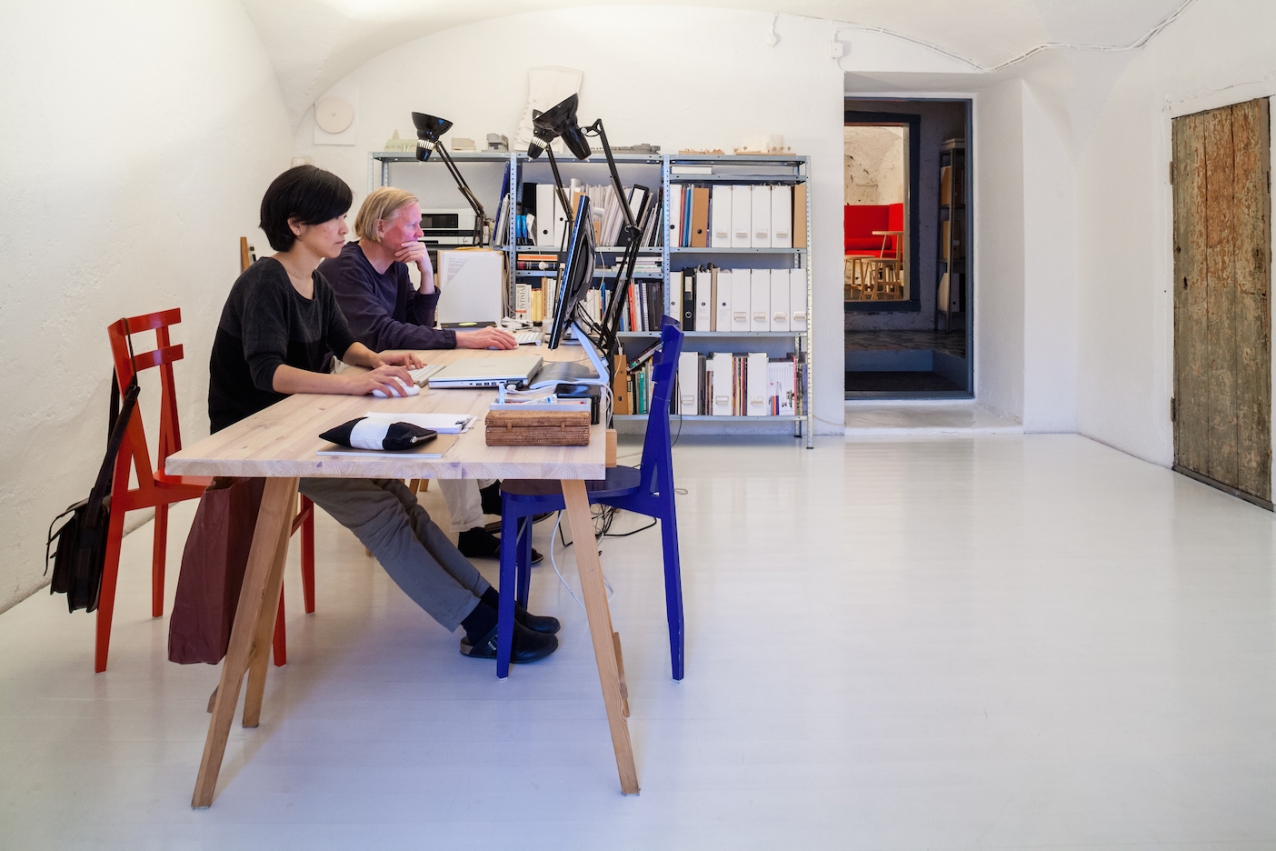
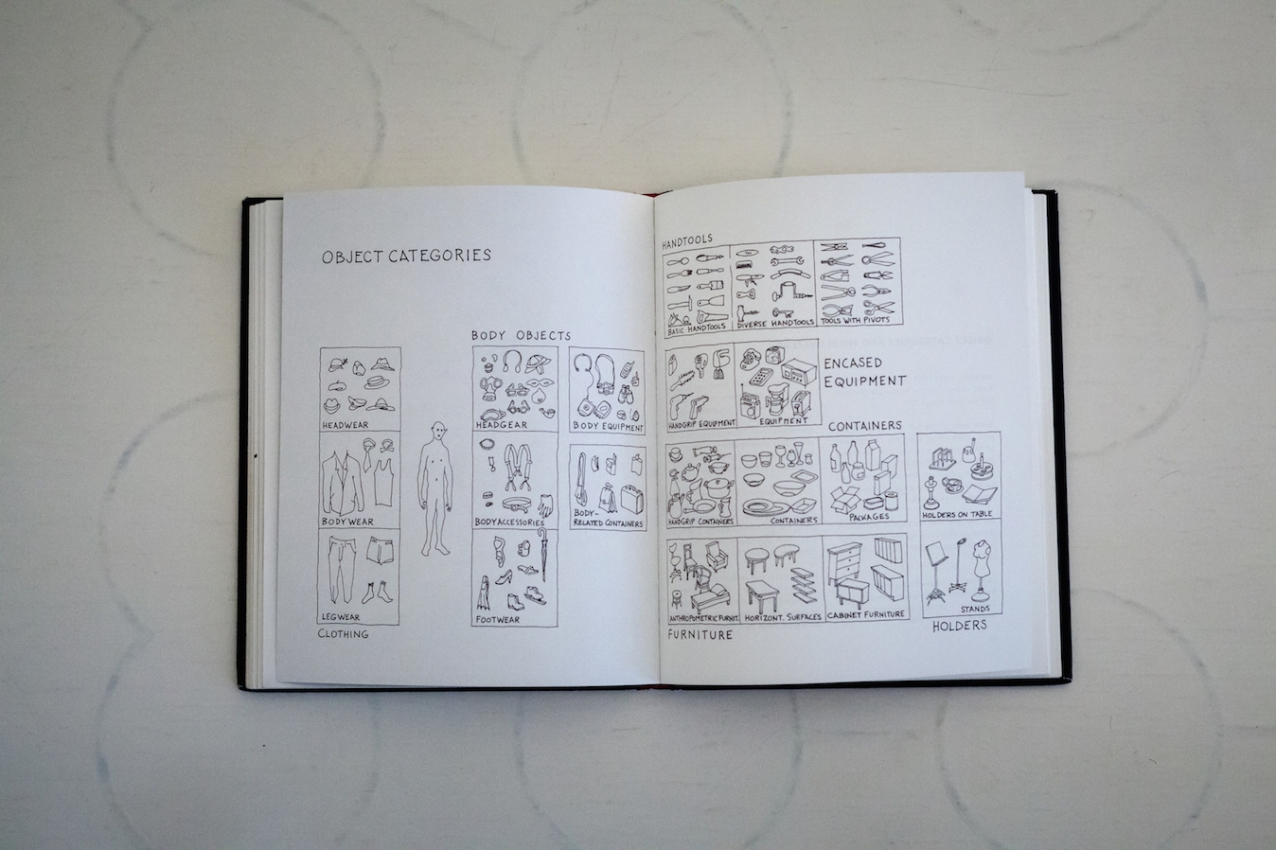
It looks like you’re borrowing from mathematics and geometry for your ordering principles.
Pekka: Yes, I’m very interested in transformed geometry. I’m also very interested in structure structure and contruction, which is something I have also focused on in my teaching – form and structure. And architecture, of course, given that I studied it for so long. I studied architecture again in Tampere from 1988 to 2002, when I finally finished my studies. When I did my first architecture studies in Austria, Finland wasn’t an EU country, and so they would not accept my Austrian degrees. I ended up repeating my architectural studies, but was a very stupid way to do it. But at least I learned something. I think that’s something Finnish people don’t always understand, because there is a much stronger focus on practical working rather than on theoretical knowledge.
You mean design education in Finland is largely driven by pragmatism?
Pekka: Yes, but I think it’s very helpful to have a theoretical basis behind a pragmatic approach. For example, it helps my practical work very much, even though I myself am a very pragmatic person. I am an applied artist precisely because of that reason, because I am very practical and functional. I cannot easily work in a free-form artistic way. I need the limitations, and the more limitations the better I get.
Yuka: At the moment, we are working very much on sustainable design and ecological design. All our designs are trying to make objects more ecological by consuming less material and energy and by making more efficient structures.
Like this little stool we’re sitting on? How does that fit into your approach to ecological design?
Pekka: It has much-thinner legs than other chairs, and even though the legs are so thin, it can resist up to 200kg. It’s based on a pre-stressed structure.
The idea with the legs is to try to use the minimum amount of material as possible?
Pekka: Exactly, but in fact the final design for production will actually use a little bit more material than these prototypes. I like to push things as far as possible in the early stages and then slowly move closer to the finished reality.
So, when did you start working together? How did that come about?
Pekka: We met in 2002.
Yuka: I studied in Japan for my Bachelor’s degree in industrial design. For six years after that, I worked as the head designer for a tool company. I later decided to continue my studies and got the Master’s degree here in Finland which is where I met Pekka. I told him that I was a designer of tools and this was when he was working on the Object Categories book, which I found very interesting, so I agreed to help him with the project. At the time he was working on putting together a large exhibition in Milan for 2003 and I began to work with him on this.
And what was the catalyst for the Object Categories project?
Pekka: I realised that there was no real morphological theory in industrial design or object studies. There hasn’t really been research into objects pursued from this morphological angle. And even though I was especially interested in this topic, I didn’t want to make some kind of bureaucratic and scientific research to “prove it”. Someone else can do that. I simply wanted to look at it from a design-theory perspective.
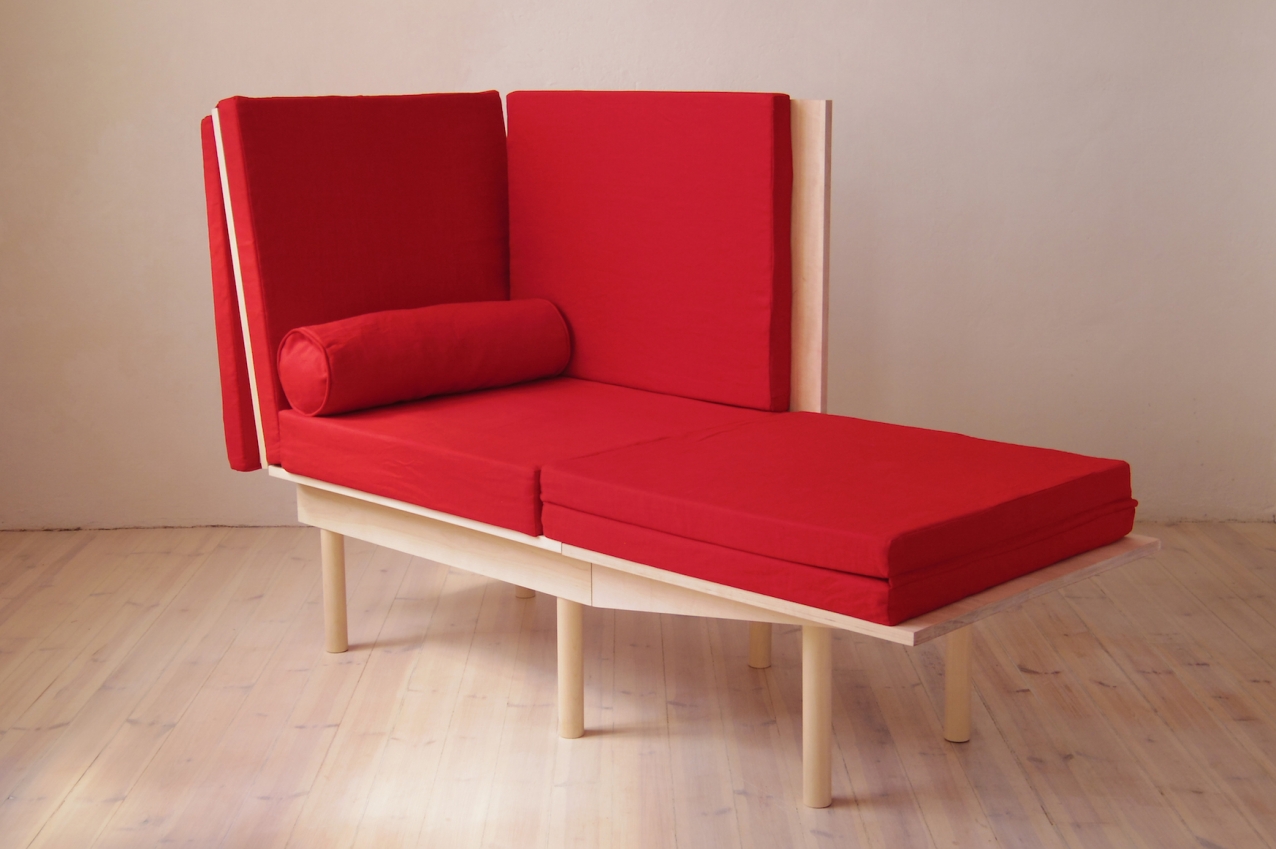
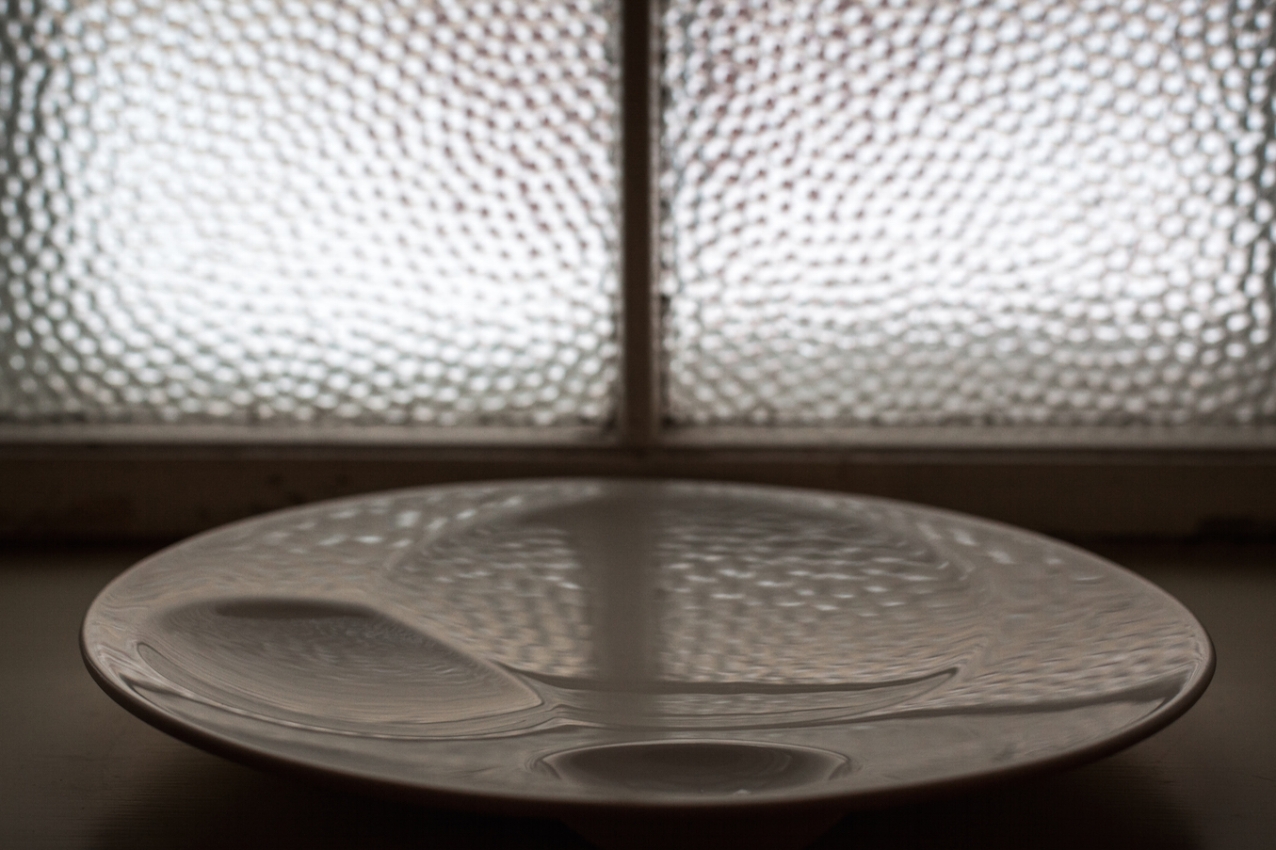
But Yuka, your ADB&B sofa-bed-bench which was shown this year at Habitare is a slightly different approach in that it’s not necessarily about recombining different parts, but extending the functionality?
Yuka: But it is a result of a combination of different properties as well. Our approach to ecological design is both to reduce material, but also to give more than one function or service to a single object.
Pekka: To make it multi-functional.
Yuka: There is a line, of course, because too much multi-function can make an object almost useless. That’s why it’s important to make such a careful study of these object categories and the borders and overlap between them.
And are concerns which are forwarded prior to designing a new piece?
Yuka: Yes, I think we have been working for so long in this way that it now comes almost automatically. Of course, first we think about what we want to make and why. Is it missing from the market, or something we need at home? Then, we start to analyse and improve the design by process. For this new product, I wanted to make foldable furniture which you can sit and sleep on.
I made a very different way to open and close the piece, and it’s very difficult to make something like this as simple as possible. And yet people are surprised that it hadn’t been done this way before, because there are many foldable sofa beds, but the direction or mechanics are quite different. Mine is a much simpler approach.
Pekka, I read the introduction you wrote to the Design for All – INDIA (May 2016 VOL 11 NO 5) publication, in which you were the guest editor and you argued on the importance of contextualisation. In light of your study of object categories, which is quite reductive, I wonder how you connect these two things, the more generic approach with that of the importance of objects designed for a specific cultural context?
Pekka: We really need to be very careful with our innovations, because no one knows in advance what kind of social impact any new innovation will make, especially in different locations, cultures and different users or minorities.For example, mobile phones and text messages. Once upon a time, somebody thought how convenient it would be to be able to send a text message to the guy across the hall, but do you think he ever thought about what kind of enormous impact the text message would have on society? Or Ford? I imagine he never thought about what kind of environmental or urban problems might be caused by the invention of his car.
One other project I wanted to discuss was the ceramics workshops you’ve conducted with craftspeople in Oxaca.
Yuka: I’m happy you asked about that, because it’s such a good example of the idea of evolution in design. The artisans who we went to Mexico to work with, they make thousands of objects per year for commercial sale, all by hand. Unfortunately, many of the designs are now quite outdated in terms of form because they are making domestic ware and their biggest customer group is American tourists. But now that cheap Chinese production is everywhere, it’s pushing them out and they are undergoing difficult times.
We were invited to come to Mexico to teach a number of design workshops. It was very important to us not to destroy their tradition – we tried to make, not completely new designs, but to instead develop existing products. This was very much about object categories and the evolution of design and small changes.
We had some design students in the workshops, but otherwise, the makers are professional artisans. We wanted to work with a very simple approach, because they aren’t necessarily trying to study design.
For example, we first asked them to bring one object from home, their favourite container. Then, we asked them to combine two of the favourite containers to create a new object. So, it’s this idea of a morphological approach. In the second week, we asked them to bring a traditional object. Then, we asked them to separate the traditional object into its component parts and then to exaggerate or minimize certain parts.
Technically, it was very easy for them because their skills are so sophisticated, but they didn’t know how to think about the design of objects in this way. For the third week, we asked to bring their best-selling object and we then asked them to make a product family using this vessel.
Were they doing things like this already, like product families?
Yuka: No, not at all. They had no idea, really, about things like product families.
So, it’s also about bringing modern thinking about sales methods as well?
Yes, of course. They didn’t need to destroy their way of working, it was more about bringing small changes to their way of thinking about design. And it’s been very successful. We did the first workshops in 2008 and then we were invited again six years later because the makers said it was so useful. When we went back the second time, it was very interesting to see how the makers had really incorporated design thinking into their work, developing many new designs and families.

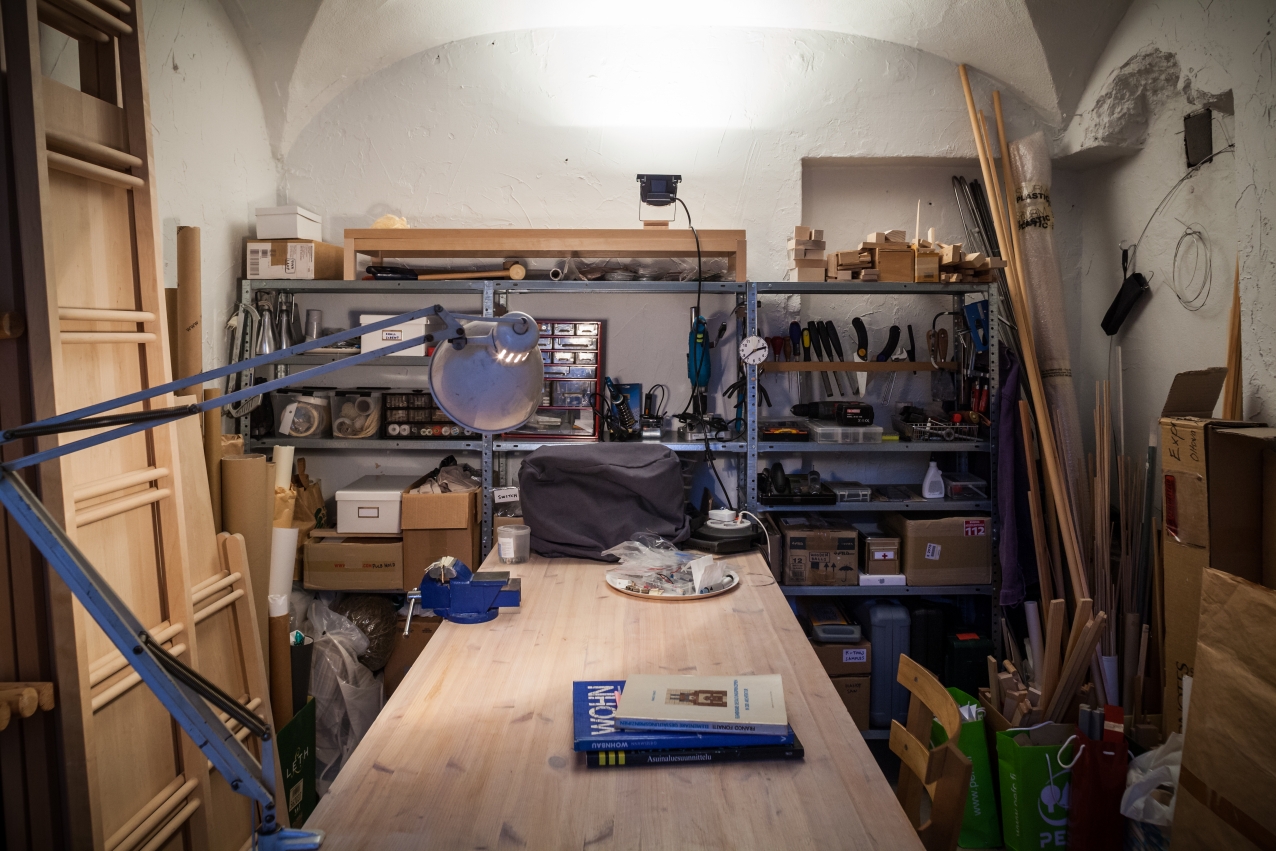
In terms of how you work together now, what’s the balance like? Is it individual projects or collaborative projects or a bit of a mix?
Pekka: I’d say, half collaborative, half individual.
Yuka: For product design, we tend to work on our own products. All of the other projects are quite collaborative.
Yuka, I wonder whether a theoretical framework is as important a driver for your design thinking as it is for Pekka’s?
Yuka: I don’t think so, not necessarily. I’m good at concept making. With Pekka, it’s a much more formal approach and he tends to begin from a clearer starting point. I tend much more towards story-making or concept-making, so it’s quite different in terms of starting points. But we find common ground in the process. We challenge and criticise each other, which I think strengths the final products.
Pekka: Two brains are better than one!
Let’s talk a little bit more about Object Categories. What was your process for deciding on the actual categories?
Pekka: It starts by removing all the non-fixed objects from the home. You then make a big pile of all the objects and then, one by one, you ask: “what is this?”, “does it have a common feature with another object?” In this way, you discover, for example that all containers have a flat bottom. With hand tools, there’s no other primary property before the fact that it’s a hand tool, divided in a tool part and a handle. Then you have exceptions from each rule, which are interesting as you have to think about the commonalities between objects that don’t fit into other categories.
Furniture and clothing are two categories which already existed and have been well-classified so there’s no need to redo their categories. This then helps students to understand that there are different types of the objects.
That’s something I’m curious about, in terms of how Object Categories works as a teaching strategy.
Pekka: Well, in the event that you want to begin research on some object, you cannot begin this research without first understanding which object category it belongs to. Is it a hand tool or a container or a body object? With analysis you can categorise clearly.
In the Object Categories book, you have a chart of the evolution of the form of a bicycle. I love that you use the phrase “characteristic form” instead of “finished form” or “perfected form”. So often these diagrams – which are usually linear in nature – give a false impression of the perfection of the object into a final form, rather than, wow, isn’t it interesting how many different expressions of a single form are possible.
Pekka: For me, it’s almost analogous to biology and the way forms evolve via mutations – these are simply the mutations of a bicycle. All new innovations are firstly about making newsariou different variations and mutations of an existing form, like species in nature. Then, there’s a similar selection through evolution which sees one of these many variations selected as the most standard form for a bike. It takes a long time until this standard type of some new innovation takes shape, like the mobile phone, for example. It takes a long time until the final, characteristic form is discovered.
Within this sustainable framework to create, for example, an object which uses much less energy or material in its construction than a pre-existing product, is this thinking about the evolution of a characteristic form related to that framework?
Pekka: Yes, they can easily be brought together. For example, some ecological or sustainable design projects which I have created with my students, where we tried to recycle trash objects into useful products, it’s actually very difficult. It is not a pleasant experience to violently attempt to find a function for something which is trash, but the categorisations at least help to identify and analyze possible functions for various parts of objects.
If you think of the genus-differentia definition, in which the genus is the family which defines the subtype and the differentia is the condition that distinguishes the species from other examples of the same species, we try to apply that as an analogy to object categorisation. So, you have the tool part, the handle part, the button – interface, the housing…
So, the idea is to be able to determine how object forms can be broken down and then reconstructed in various different permutations?
Pekka: Yes, exactly. And then you have what I call “object cocktails”, which is what happens when you combine “wrong parts.” This is actually what most modern design do when they want to get attention. For example, the Philippe Starck’s lemon juicer, which has a tool part and a leg part exaggerated out of proportion.
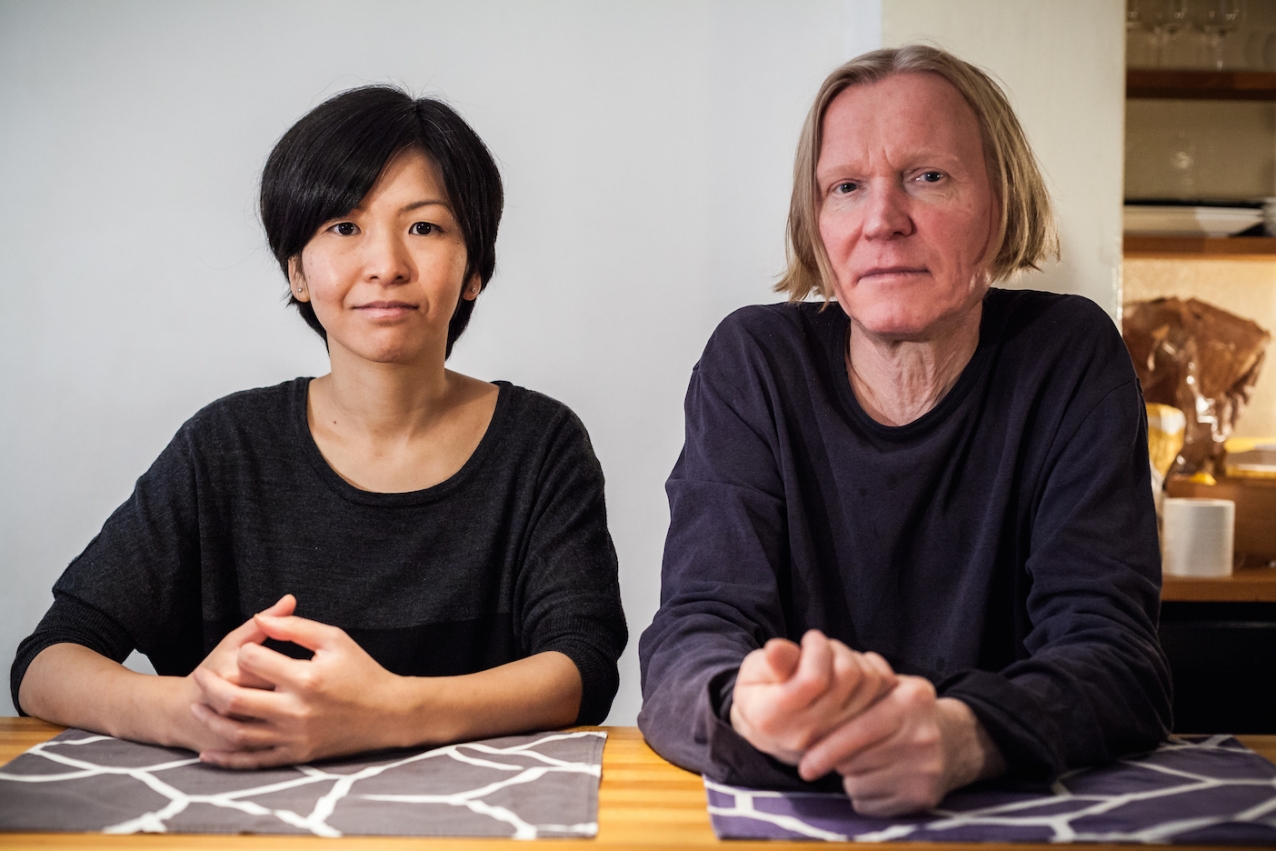
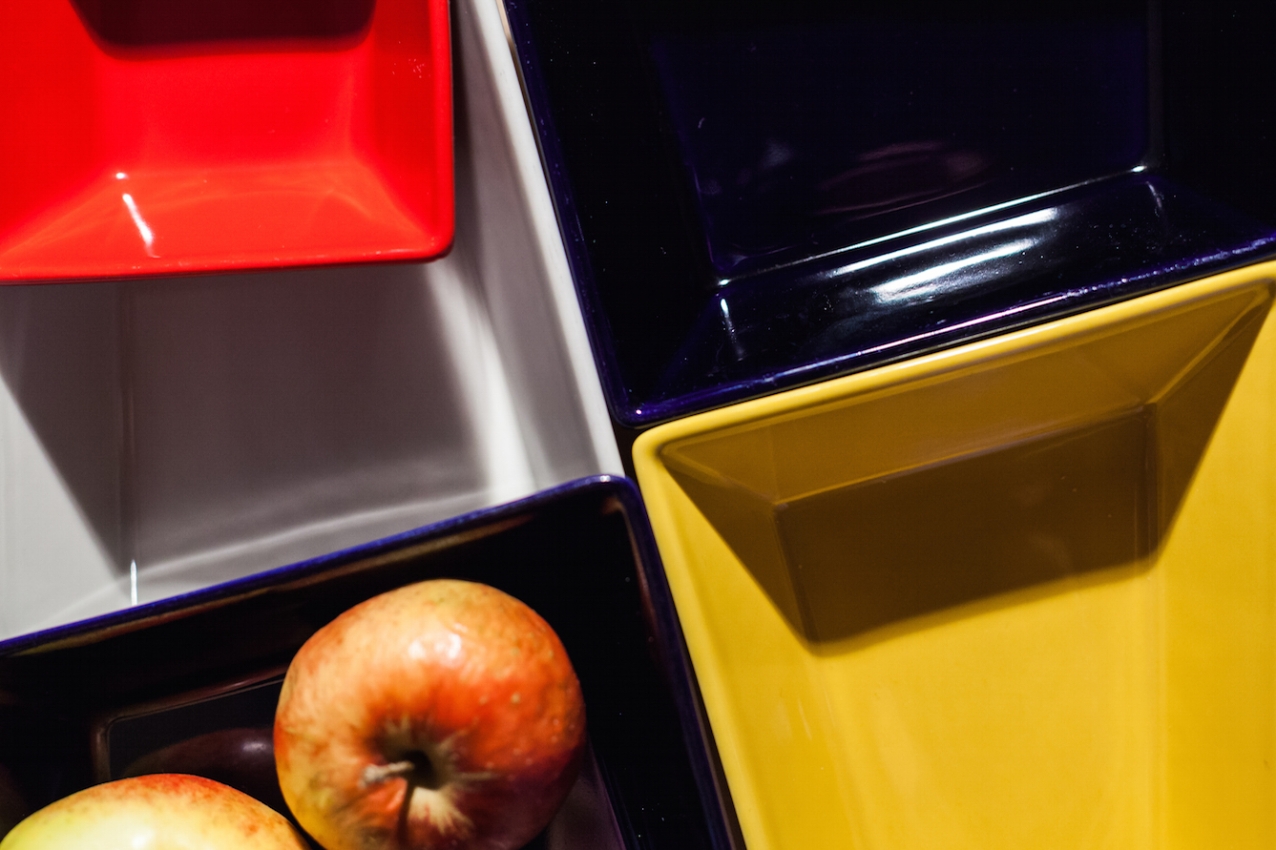
What about current projects?
Pekka: We’re constantly working on several of our own design projects. We mainly try to develop products ourselves and then find a producer afterwards.
Yuka: Most of our projects we do for ourselves. Financially, it’s quite difficult, but I suppose we are a little bit like artists that way.
So you invert the typical designer business model, working in a more artistic fashion, how you like at your own pace and see whether someone might be interested once a product is completed?
Yuka: Yes, but I’m happy to work in the normal way as well. We’re quite flexible. We have worked, for example, on products for Arabia and Marimekko among others.
Do you know the difference between inventor and innovator? We were comparing the two definitions and apparently the inventor is the person who puts all the money into developing something and an innovator is the person who makes money out of invention.
Which do you want to be?
Pekka: I believe in evolution, not innovation. That is the core point for me. Evolution is about developing the best of a thing in the long term. People should slow down. I feel this world would be much happier if we all went at a slower pace and surrounded ourselves with fewer objects.
